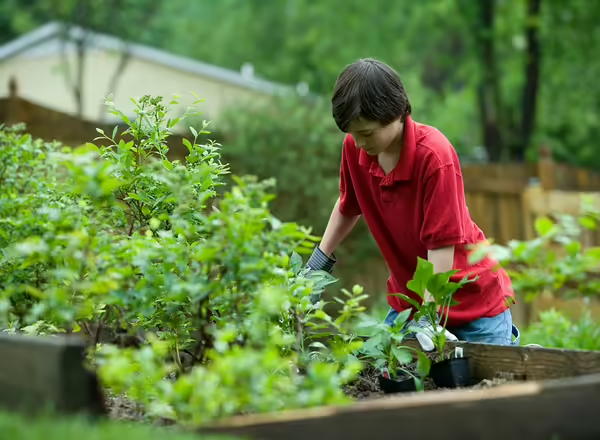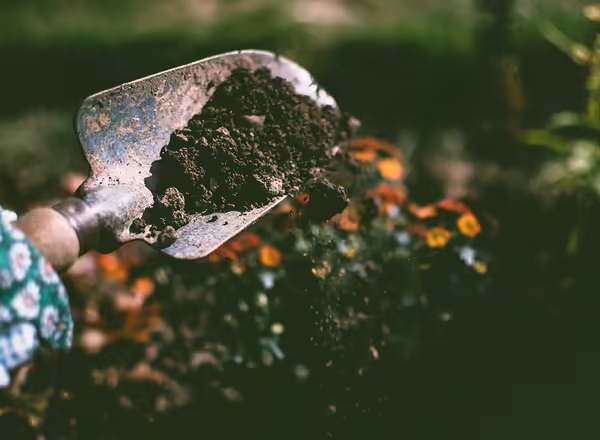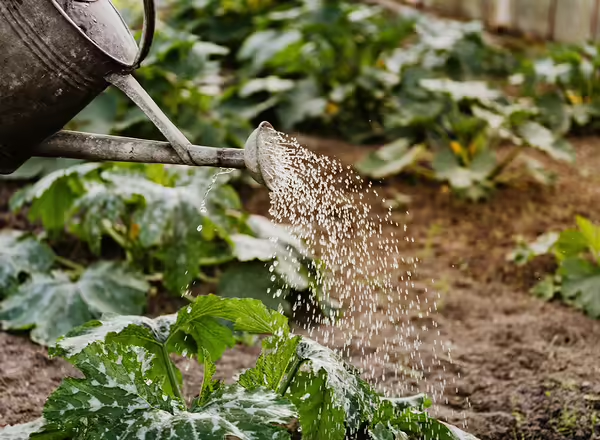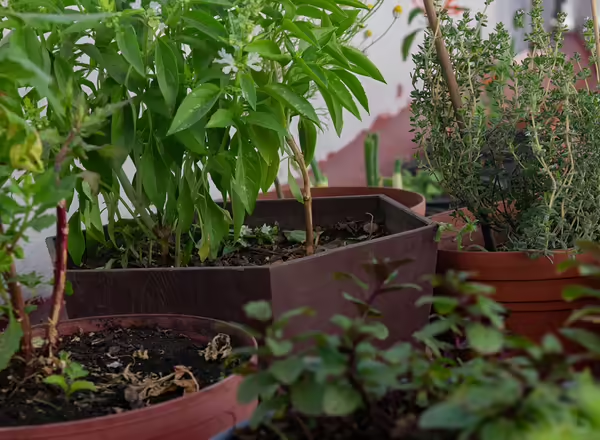When determining a where to situate the garden consider a location with that receives sunlight, good, clean soil, and access to water.

By determining the location and intensity of the sun, decisions about the kinds of plants that can grow are made. Students can observe and make decisions about a garden based on the conditions needed to create a successful garden. Students will be able to make observations of the environment and chart the location of the sun as it moves across the sky. Students will learn a different kind of charting through direct observation and recording.

Emphasize the importance of soil and what the soil needs. Students can take a closer look at what elements are in soil, and what is needed to create optimal conditions for a good garden. Students will observe and make decisions about the soil in a garden based on observation and conditions. Review garden strategies and have students create a checklist based on these ideas. Students can identify what soil is made of, and what elements are necessary to condition the soil.
A lab can test soil for quality and contamination. If the soil is not suitable for growing, raised beds are an option. The benefit of raised beds is that they improve drainage, soil warms earlier, tend to have less weeds, enable those with limited mobility, avoid poor or contaminated soil. The cons of raised beds are construction and soil costs, they dry out faster, and are not suitable for some crops, like corn which needs large blocks of space.

The act of watering seems so simple, but it is quite complex. The amount of water needed, and the process of watering are parts of a garden's success story. Students can read about the techniques used to determine the amount of water that a garden gets and try out some unique approaches to watering without wasting. There are a lot of opportunities for math concepts: comparisons, measurement, and conservation. Students can determine the amount of natural water that exists in their garden area. Students will learn about techniques in watering and use them in their garden.

Plants need food in addition to soil, water and sun. Students will be exposed to the nutrients needed, and the way that we provide them to plants through fertilization. Looking at a bag of fertilizer tells what nutrients are present, and students can learn about percentages. Students learn the basic concepts needed for proper fertilization and about the nutrients necessary for proper plant growth.